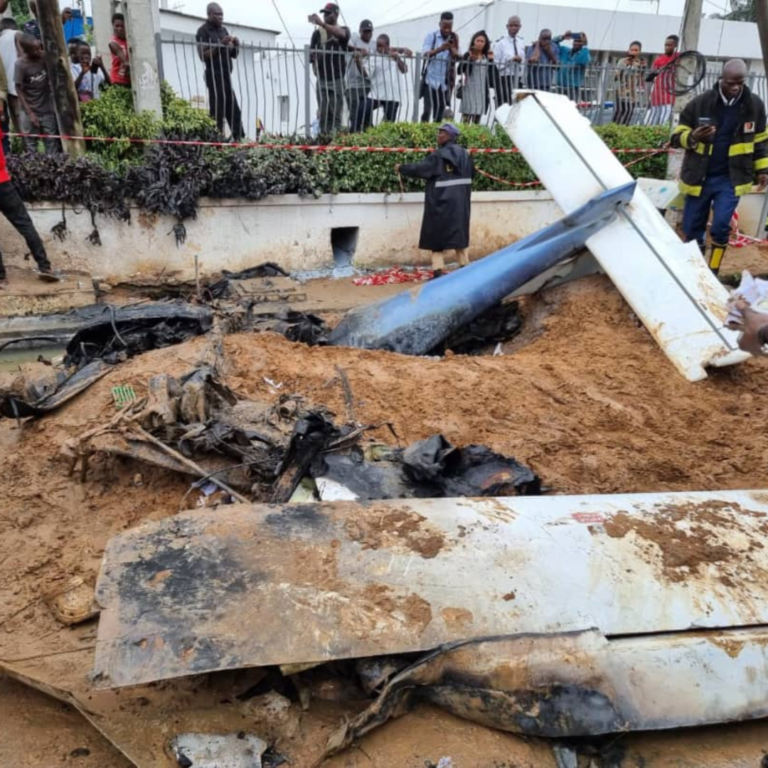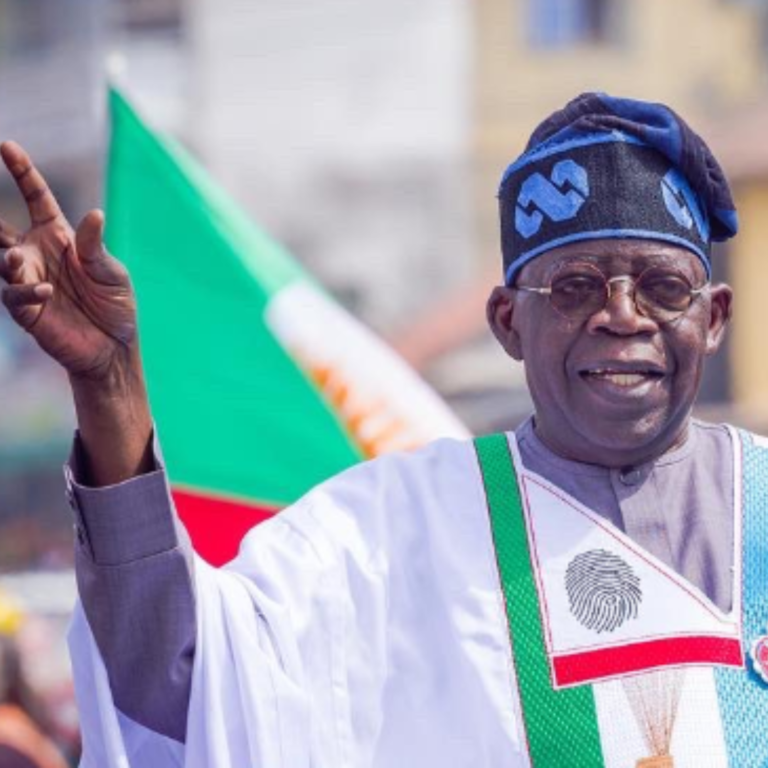To the joy of many Nigerians, on March 3, 2023, the Supreme Court ruled that the old Naira notes should remain Nigeria’s legal tender till December 31, 2023.
Despite the court ruling, it wasn’t until March 13, 2023, that the Central Bank of Nigeria (CBN) released a statement directing commercial banks to the court. The statement also reaffirmed that the old Naira notes will remain the legal tender till December 31, 2023.
This hopefully marks the end of Nigeria’s long-drawn war with Naira scarcity. But, how did this problem start in the first place?
October 2022
On October 26, 2022, the CBN governor, Godwin “Meffy” Emefiele, announced plans to redesign the ₦200, ₦500 and ₦1000 notes. He also said they would begin circulating from December 15, 2022, and become the legal tender on January 31, 2023.
His reason for the Naira redesign was to implement a cashless economy, boost our economy and combat hoarding, terrorists and kidnappers.
November 2022
On November 23, 2023, President Buhari unveiled the new Naira notes at a state house meeting in Abuja. However, to the disappointment of many, it seemed like a waste of public funds as the new notes looked like they were simply passed through a Snapchat filter.
January 2023
January showed that although it was a new year, Nigeria had the same old problems. Because despite the announcement of the new notes being in circulation from December 15, many people were still yet to see them. Banks still gave out the old Naira over the counter, and it was like ATMs had no idea new banknotes existed.
The CBN launched a cash swap programme on January 23, 2023, across all local governments to allow for the easy exchange of old banknotes for new ones. Still, as the deadline inched closer, it became more and more evident that an extension would be needed. And Meffy finally decided to extend the deadline by ten days to February 10, 2023.
February 2023
Following this extension, Nigerians began to feel the full effect of the Naira scarcity; crowds at banks and queues at ATMs became the order of the day. People started sleeping at ATM galleries,
As expected, tensions began to rise, and it wasn’t long before protests and pockets of violence started happening around the country. Banks were burnt, and the staff wasn’t spared; some had to jump fences to escape.
On February 3, 2023, three states, Kaduna, Kogi and Zamfara, sued the federal government at the Supreme Court over implementing the new naira policy. On February 8, 2023, the Supreme Court adjourned the case to February 15, 2023, and banned the CBN from implementing the February 10 deadline.
Many Nigerians were hopeful that on February 15, 2023, the court would finally give a ruling that would stop the madness created by the Naira scarcity, but unfortunately, the court was adjourned again to February 22, 2023.
And on February 16, 2023, in what seemed like blatant disobedience to the Supreme Court’s order, President Buhari approved the continued use of just the old ₦200 notes till April 10, 2023. But this had little to no effect on the Naira scarcity problem as the old ₦200 banknotes comprised only 9.19 per cent of Nigeria’s currency volume.
When the D-Day finally came on February 22, 2023, much to many Nigerians’ chagrin, the court again adjourned the case for judgment on March 3, 2023.
Also read: What Has the Naira Scarcity Cost Nigerians?
March 2023
At this point, many Nigerians had resigned to never seeing the Naira banknotes again. However, it surprisingly ended in praise when on March 3, the Supreme Court legalised the old banknotes till December 31, 2023.
Meffy’s Naira redesign has been a bad dream for many Nigerians that we hopefully never see a repeat of.




